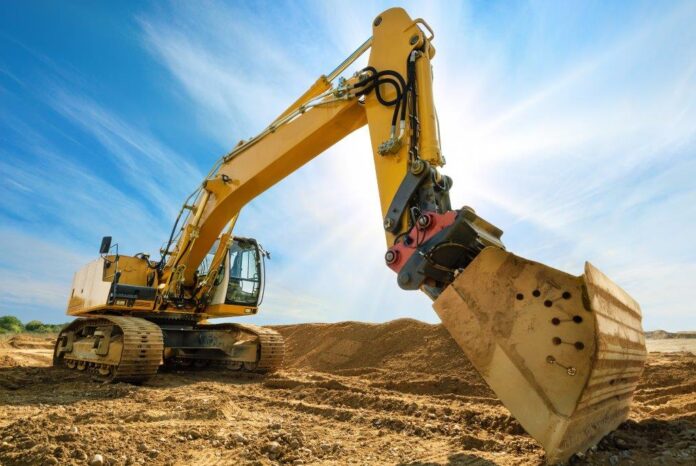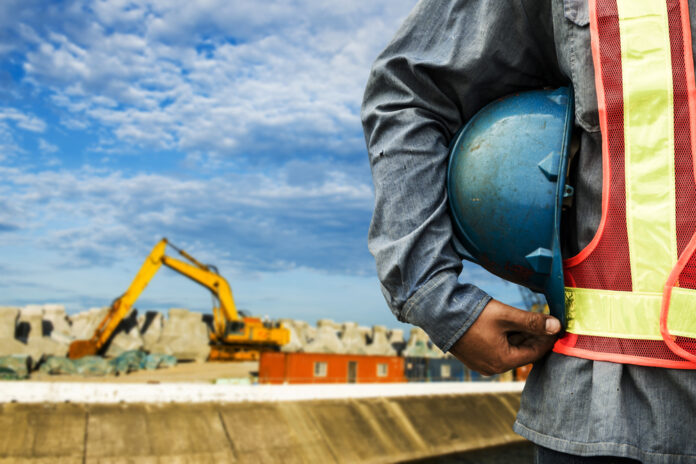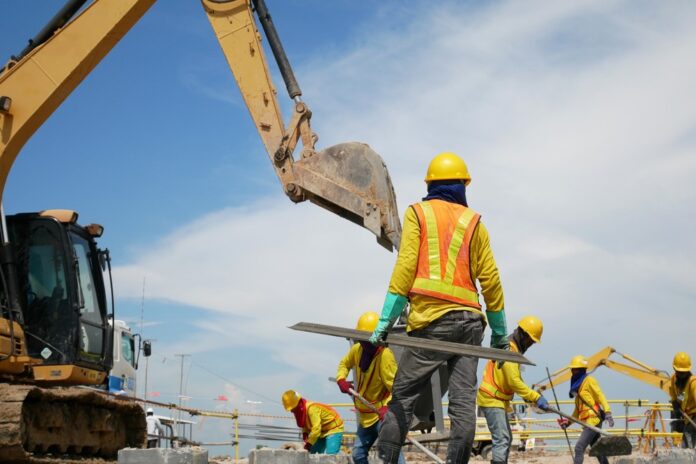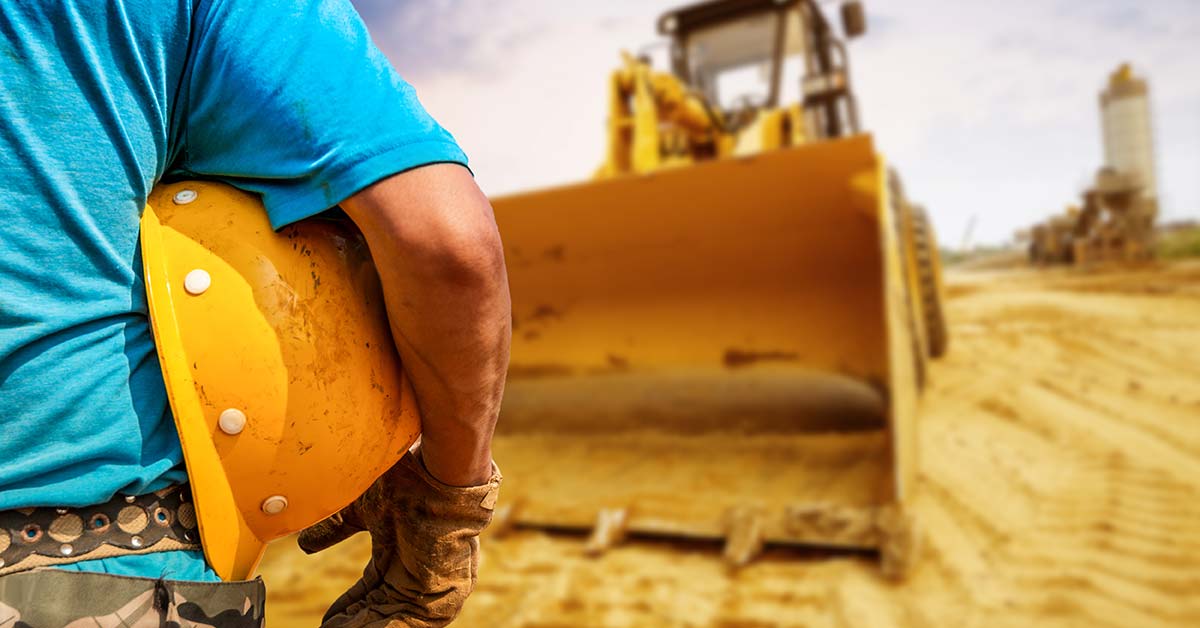Construction sites are bustling with activity, and heavy equipment plays a pivotal role in turning architectural plans into reality. However, the use of heavy machinery on construction sites also presents various hazards that can result in accidents, injuries, or even fatalities if not managed properly.
Common Construction Hazards Involving Heavy Equipment

Whether you’re looking to buy a wa320-8 for sale or you already have heavy equipment, it’s crucial to be aware of potential hazards.
- Struck-By Incidents: Struck-by incidents are one of the most common hazards on construction sites involving heavy equipment. Workers can be struck by moving vehicles or equipment, or by materials and objects that are displaced or fall from equipment.
- Caught-In or Caught-Between Hazards: Workers can become caught in or caught between heavy equipment and objects or structures. This typically occurs when working in confined spaces or excavations.
- Falls: Falls from heavy equipment, such as cranes or aerial lifts, can result in severe injuries. Workers must follow proper fall protection measures when working at heights.
- Electrical Hazards: Heavy equipment operators need to be vigilant when working near power lines or electrical sources to avoid electrocution. Overhead power lines are a particularly high-risk area.
- Visibility Issues: Heavy equipment often has limited visibility, especially in the rear and blind spots. This can lead to accidents where workers or other equipment are not seen by the operator.
- Noise and Vibration: Operating heavy equipment generates high levels of noise and vibration, which can lead to hearing damage and long-term health issues for workers who are not adequately protected.
Safety Tips for Heavy Equipment Operations

Safety is vital for all heavy equipment operators. Safety tips include the following.
- Training and Certification: Ensure that all heavy equipment operators are properly trained and certified to operate the specific machinery they are assigned to. Regular refresher training should be conducted to keep skills up to date.
- Maintain Equipment: Regular maintenance and inspections are essential to keep equipment in safe working condition. Address any mechanical issues promptly to prevent accidents.
- Use Safety Equipment: Workers must use personal protective equipment (PPE) appropriate for the task. This may include hard hats, high-visibility clothing, hearing protection, and fall protection gear.
- Safe Loading and Unloading: When loading or unloading equipment from trailers or trucks, ensure that the process is controlled and that workers are clear of the area.
- Clear Communication: Effective communication between operators and ground personnel is crucial. Establish clear hand signals or use two-way radios to coordinate movements and activities.
- Fall Protection: When working at heights, use appropriate fall protection systems, such as guardrails, safety nets, or personal fall arrest systems.
- Barricades and Warning Signs: Use barricades, barriers, and warning signs to cordon off areas where heavy equipment is operating, alerting workers to potential hazards.

Source: ishn.com - Visibility Measures: Enhance equipment visibility by using backup cameras, mirrors, and warning lights. Ensure that operators are aware of blind spots and exercise caution in those areas.
- Proper Housekeeping: Keep the work area clean and organized to prevent slips, trips, and falls around heavy equipment.
- Emergency Response: Establish clear emergency response procedures and ensure that workers know how to react in case of accidents or equipment malfunctions.
- Safety Culture: Foster a strong safety culture on the construction site. Encourage workers to report safety concerns and incidents without fear of reprisal.
Safety is paramount in the construction industry, especially when dealing with heavy equipment. Regular training, equipment maintenance, and clear communication are essential components of a robust safety program that can help prevent accidents and protect workers from harm.







